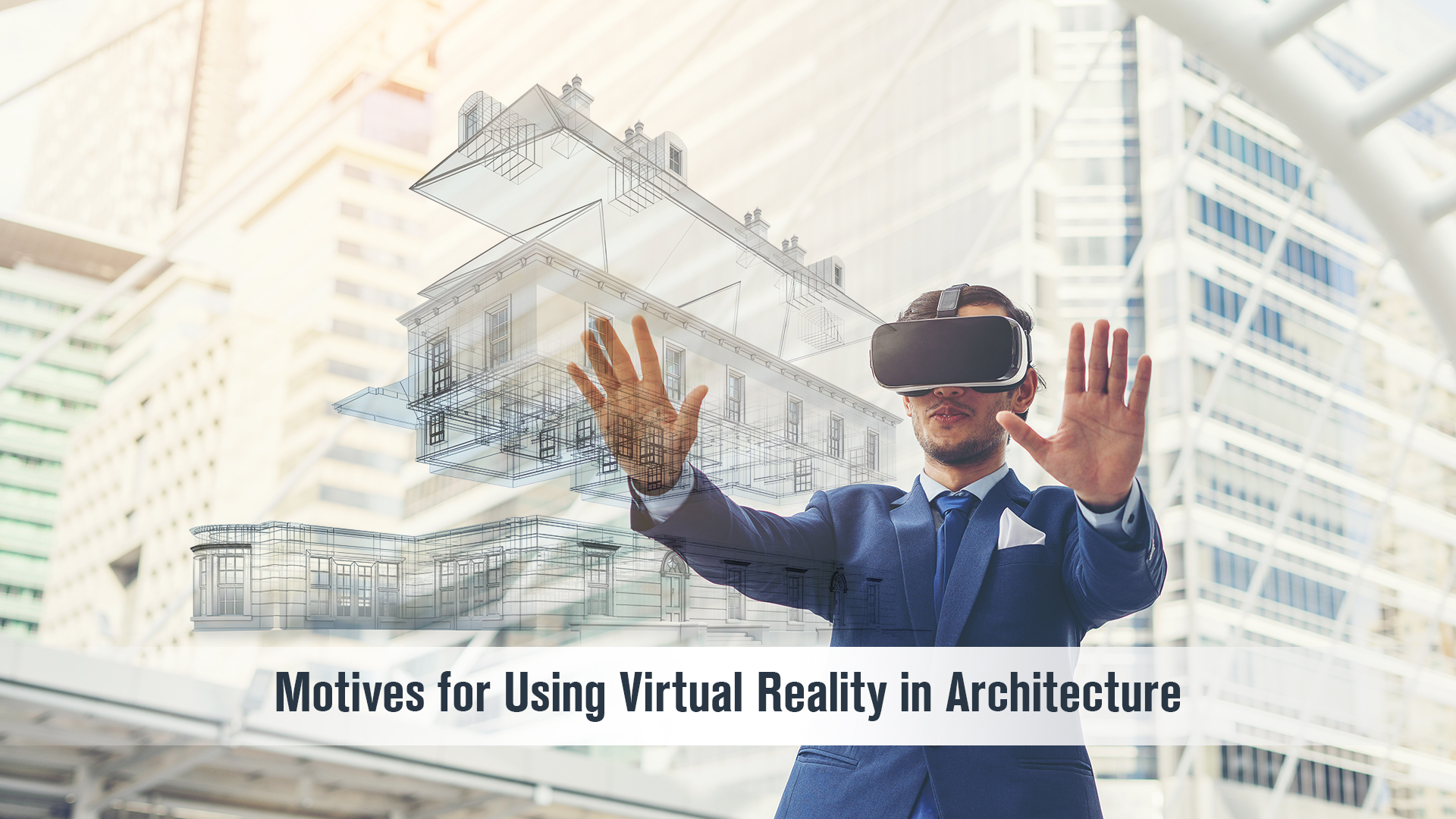
Introduction
An originated picture will never accurately capture the scale and spirit of a project, regardless of how lovely it might appear to be. If designers do not include virtual reality and Walkthrough Services throughout their drawing stage soon, they will fall behind as technology keeps evolving at an exponential rate.
Virtual reality, abbreviated as VR, has become an exciting part of the Architectural Rendering Services for designers and architects of all disciplines due to the readily available prices of VR head-mounted devices, also known as HMDs, that are increasing at a consistent rate.
Motives for Using Virtual Reality in Architecture
VR technology has grown in popularity in recent years, and with good cause, in the architectural sector. The potent potential of this innovation is being tapped by designers to produce more realistic, dynamic, and fascinating structures. Virtual reality is quickly becoming a powerful component in the architecture sector, from virtual tours of buildings to 3-dimensional simulations of entire areas, site, or landscapes. The following represents a few of the factors that have led to architects adopting VR technology in their profession today.
Open communication and illustrations
The capacity of VR in design to give consumers and other stakeholders a comprehensive, lifelike experience represents one of its main advantages. This helps people comprehend the concept more clearly, visualize it, and spot any possible problems or areas for development. VR may also be used to create instructional videos of the area to give customers a sense of what it would be like to move around and interact with the layout. This might be very useful for consumers with problems understanding a 2-dimensional floor layout or depiction. Moreover, VR can assist teammates to collaborate by enabling everybody to explore the design in a common virtual setting. Early on in the design stage, it can assist in identifying future problems or points of enhancement, which ends up saving both time and money.
Improved design and conceptualization
VR can be used as a tool for planning and creating designs as a complement to visualization and collaboration. For instance, designers can evaluate various suggestions using virtual reality to observe the way they appear and perform in a virtual setting. This makes it possible to explore & iterate better, which leads to a more streamlined design. Moreover, significant architectural problems or difficulties like perceptibility, or affordability might be found using virtual reality. Before construction even starts, designers can implement modifications and improvements by experiencing the design in a VR environment.
Better Interaction
The ability to work with other specialists is another benefit of VR technology for architecture. For instance, designers can engage with consumers and discuss their layouts with contractors and engineers using VR. Everyone associated will be capable of reading and understanding the designs far more quickly as a result, which can speed up the process of designing and building.
Upgraded effectiveness & benefit in costs
Moreover, VR can lower expenses and improve effectiveness in the design phase. Designers can avoid having to create expensive and time-consuming real mockups and demonstrations by visualizing and evaluating conceptual designs in a simulated environment. Moreover, VR can aid in the earlier identification of any design problems or obstacles, reducing the need for expensive reworking or revisions throughout the building. It can help ensure that the undertaking stays on schedule and within budget while also reducing effort and money.
Enhanced Originality
With virtual reality, architects can develop solutions that would prove hard to construct in the real world. This allows architects to experiment with novel concepts and redefine the boundaries of layout. It also provides access to an entirely novel world of originality & invention.
Improved advertisements and presenting
VR has advantages for planning and developing designs, but it may also be utilized to improve demonstrations and advertising initiatives. VR can leave a lasting impression and clearly convey the design requirements by giving consumers and other interested parties an intense, authentic view. Virtual reality can also be utilized to generate excursions or walk – throughs of the area that can be shown to prospective customers and clients. People may become more enthusiastic and interested in the undertaking as a result, and they may have a greater knowledge about their surroundings.
Enhanced Immersion & Interaction
Immersion ranks among the most thrilling features of virtual reality. With VR, designers can produce lifelike overviews of their designs & give customers an even more compelling way to examine them. Megaprojects can greatly benefit from this. Customers will have the opportunity to view the design from various perspectives and gain a better understanding of the room. Ultimately, there are several factors why design professionals and architects are turning to virtual reality to conceptualize and convey creative concepts. VR can change the way we create and perceive spaces and buildings for better visualization & collaboration, increased conceptualization and execution, greater effectiveness and expense savings, or smoother demonstrations and advertising.
Virtual reality is transforming the world of architecture
In general, the findings suggest that virtual reality has the potential to improve architectural procedures, but the early stages need considerable work. Until VR technology entirely substitutes more conventional architectural approaches, there will still be certain enhancements that must be addressed. The effectiveness of an architect’s usage of VR will indeed be significantly influenced by factors including pace, visuals, and the capacity to allow designers to change plans instantaneously. Such techniques are already having an impact on how architects exchange their work with customers as well as how effectively they can visualize ideas as they work.
